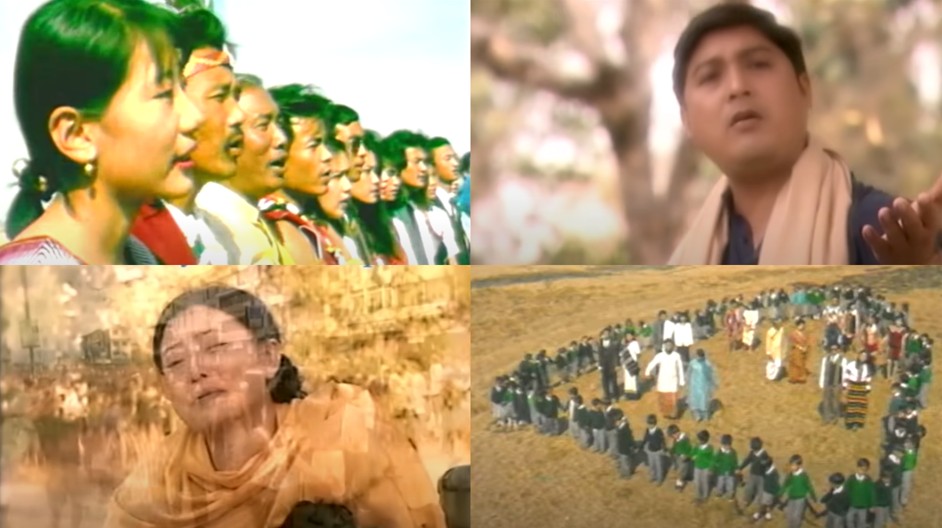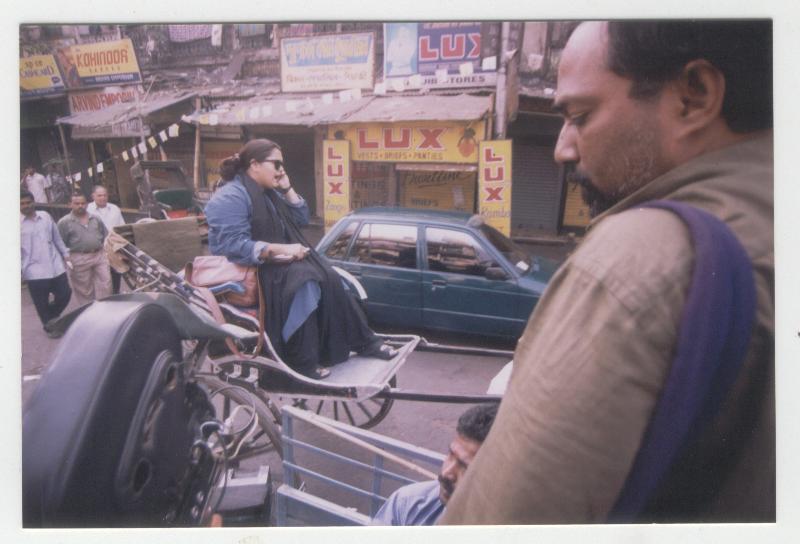Media and performances have represented trans feminine and gender non-conforming identities through a speculative lens of ridicule and stereotypes. The origin of the word Homo which has been contextualized in the Manipuri social fabric has not been able to trace its specific roots. Nonetheless, the word homo has had multiple conottations over the history as well as in understandinding gender and its plurailities in the Meitei society.
Homo refers to anyone assigned male at birth who exhibits characteristics and identifies with feminine attributes. Homo is used in the colloquial to rebuke transwoman and gender non conforming individuals, at the same time the term is often used to emasculate cis heterosexual men in a way that degrades his masculinity, however debates on claiming as well as resisting the association of shame on the term is a discourse in itself in the contemporary scholarship.
In the question of gender as performances and the performance of gender, the article will examine the representation of trans femininity in an art form that already exists as a challenge to the traditional perception of masculinity in the hetero patriarchy. As limited as the scholarships are, Santa Khurai confesses in her memoir that Shumang leela was for the nupi manbis, a term which got adopted in the later part of the movement, a way for them to gain “recognition and respect” from the society which had abandoned them, testimonies like such and the general awareness are very clear that transfeminine individuals are at the core of the development and existence of the theatre form.
However, the irony that the article aims to highlight is how stock characters are formed on the very art form of the real-life characters of the contingents that constitute the very art. For the article, I have taken up two plays and the characters in question, Tombinou in Ett’nphamda Sambal, and Bunalee in Opium Uiar. Each of the characters is used to impart a cathartic response of laughter and attraction to the crowd; however, the storytelling of these characters certainly is observed to have followed a specific arc, a degradation of personal integrity, and a comic to the masses, often including an episode of humiliation, evoking laughter.
Characters like Tombinou are drafted in scripts with a lack of understanding of personal space and consent, with a question mark on morality, and an easy target of rebuke and humiliation. At the same time, Bunalee, being a reputed and a corrupted dance teacher, is easily ridiculed for their disposition and an ugly banter giving punch lines to degrade themselves for the crowd to accept. In queer theory, Wikipedia explains Camp as an aesthetic and sensibility that regards something as appealing or amusing because of its heightened level of artifice, affectation and exaggeration, especially when there is also a playful or ironic element.
Camp is historically associated with LGBTQ culture and especially gay men. One may understand the exuberance of camp as a reason for the comic; however, when the plot directs the same mimicry, it infects the crowd and eventually harms the minority community that is already ostracized by society, insinuating an updated layer to the same discrimination. There is a redundancy in the lack of in-depth storytelling for individuals who are systematically marginalized rather than being immediately recognizable.
Sumang Leela is in popular culture, an art for the masses; it is, in fact, understandable to have concerns for the makers to consider the acceptance of the public to fetch a bounty of audience which lives in a highly hetero patriarchal society, similar to how cinemas and other popular forms of literature represent. However, for an art form that is heavily contingent upon the community, Sumang Leela owes the community more than what it has served.

The writer is an independent researcher and holds a masters degree in English Literature from Delhi University.












1 thought on “The Archetypal Stock Homo of the Shumang Leela”
Very informative
Comments are closed.